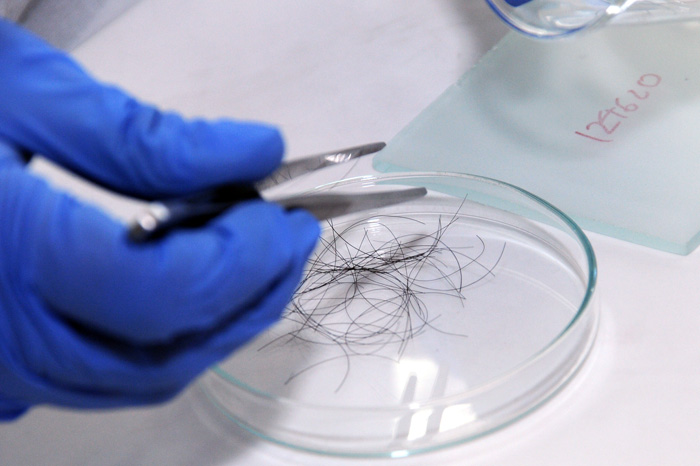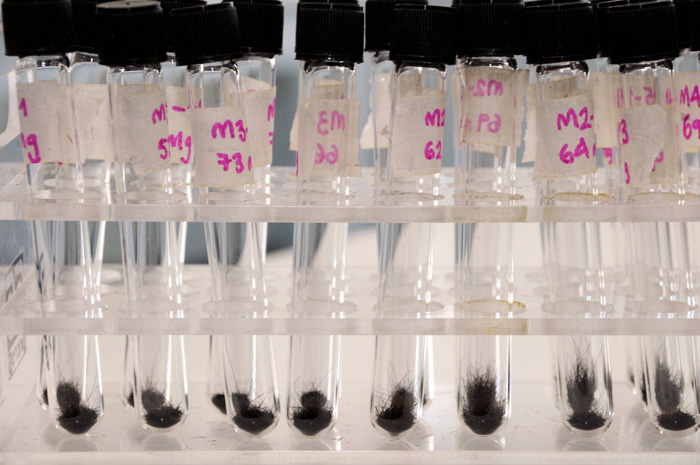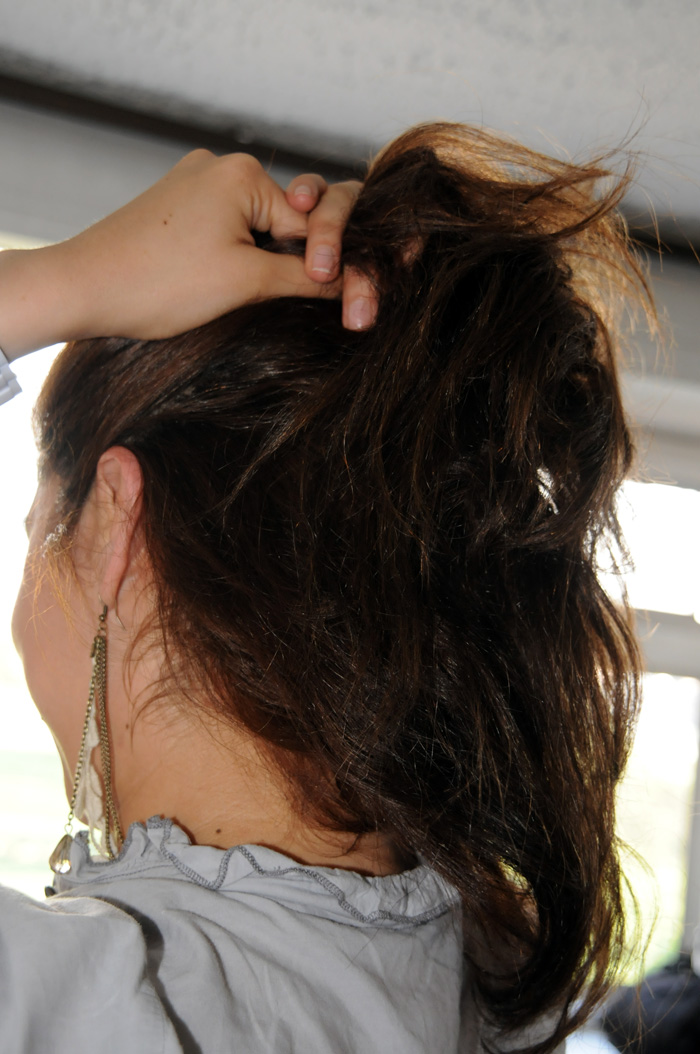The standardization of this new technique in a Colombian laboratory will determine, more accurately, if a person has used illicit substances and the amount used. This approach offers bigger advantages.
The technique consists in using hair fibers in order to find compound traces such as cocaine. This organic element allows knowing a person"s use history, since the evidence last longer, much longer than other samples traditionally used.
According to Marian Dalila Vallejo, a pharmaceutical chemist and student of the Master in Toxicology at Universidad Nacional de Colombia, traces of drugs in urine or blood remain in the organisms for a maximum of 30 days. On the contrary, in hair, which grows a centimeter per month, traces can last years. Even if the person shaves, the new hair grows with minimum traces that help determining its presence.
This technique is useful in processes such as doping control, crime investigations, and confirmation of use by convicts, or in job selections. It can also be used in processes of suspension of driving licenses or exhumation of cadavers.
In detail
Directed by Nancy Patiño Reyes, Vallejo developed a method to extract traces (small amounts) of cocaine from hair samples that can only be detected by a high technology gas cromatograph.
This practice, which is rare in the country, will be implemented in the Toxicology Lab of the Faculty of Medicine at Universidad Nacional de Colombia in order to perform routine tests.
During the study, samples of hair from 30 teenagers were collected in a rehabilitation center in Bogotá.
The study
Supported by pharmacy students Luz Adriana Pérez and Mónica Andrea Bejarano, this expert took very small hair samples close to the scalp.
Once they were collected, she measured them and then put them in aluminum foil, identifying tip and root. The integrity of each sample was measured in the Toxicology Lab with a chemical tracer, on this case methylene blue.
If hair changes its color under the microscope with the reactive, it means that it is not suitable for analysis, since the sample has been very affected by the excessive use of chemicals, such as bad quality hair dye.
Useful material is cut in three centimeter segments, with the purpose of determining the presence of the substances within hair. Each segment is washed with an organic solvent (a carbon based substance) to eliminate the possible external contamination; ensuring that the cocaine extracted is result of the use, instead of being part of floating particles from the environment.
Clean and dry hair is destroyed with a strong acid to liberate the illicit substances. The alkaloid is depurated with an organic solvent and finally it is analyzed with the technique of gas cromatograph that generates reports through a computer, denominated chromatograms. They are similar to those produced by an electrocardiogram, but in this case they reflect peaks representing the presence of the drug.
Illicit use
According to the National Study of Drug Use in Colombia, in 2009, close to 2.5% of the population between 12 and 65 years (19,764,799 inhabitants) used cocaine sometime in their lives, and close to 0.4% (79,059 people) were classified in the "abuse" or "dependent" groups .
"Statistics show the importance of Rehabilitation Centers that aim at diminishing or eradicating drug use," explained Vallejo, who is creating a proposal from the Research Group of Psychoactive Substances of the Toxicology Department, directed by Professor Jairo Alfonso Téllez Mosquera, coordinator of the master program in this topic.
The researcher mentioned that this procedure has been adapted to national conditions and will soon be ready to serve the community at Universidad Nacional de Colombia. It will be used in evaluating the exposition of children in places or houses where a permanent evidence of drug use by adults exists.
It could also be applied to institutionalized addicts that go out of the facilities on weekends as a control measure. This will allow the country to count on a new support scientific tool for legal processes and rehabilitation centers.
 Correo Electrónico
Correo Electrónico
 DNINFOA - SIA
DNINFOA - SIA
 Bibliotecas
Bibliotecas
 Convocatorias
Convocatorias
 Identidad UNAL
Identidad UNAL





